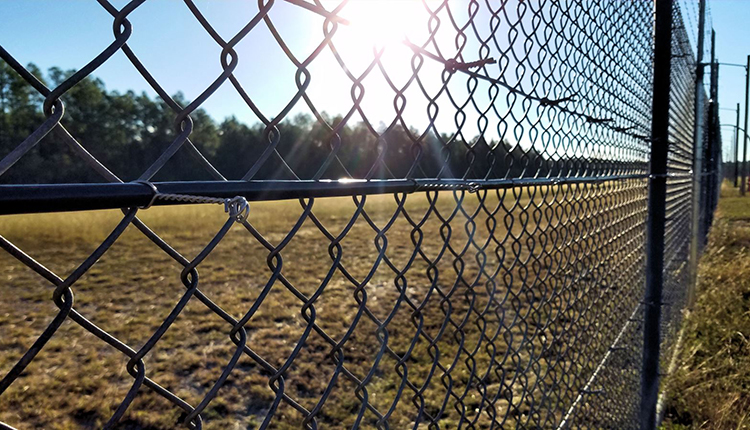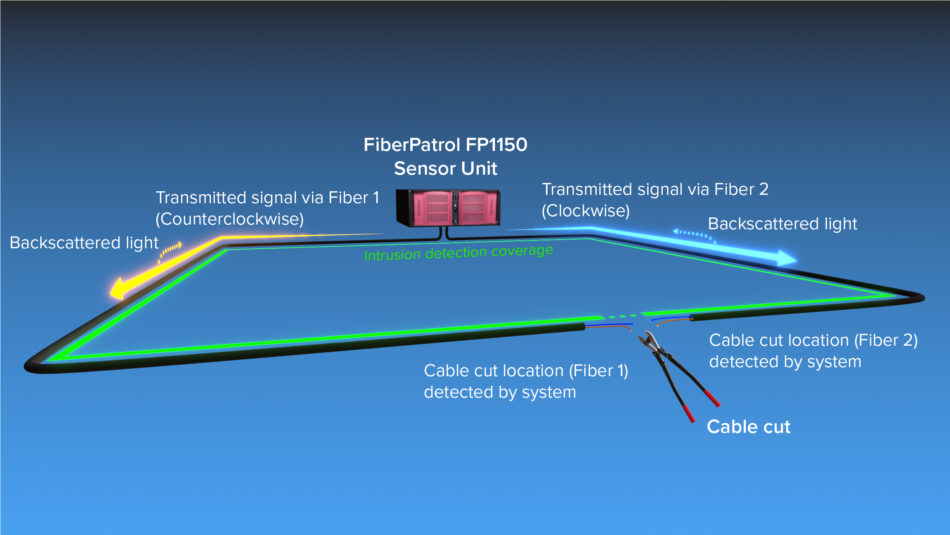Why Fiber Optic Safety And Security Systems Are the Future of Defense
The change to fiber optic safety and security systems notes a considerable development in the realm of defense, driven by their phenomenal information transmission capabilities and durability to external disturbances. These systems not only promote faster and a lot more dependable interaction but likewise provide a cost-effective solution with reduced upkeep demands. As the landscape of safety develops together with arising innovations such as AI and IoT, the capacity for optical fiber to improve and redefine security infrastructures becomes progressively evident. However, the effects of these innovations elevate critical questions concerning the future of safety measures and their effectiveness in an ever-changing atmosphere.
Advantages of Fiber Optic Systems
Among the main benefits of fiber optic systems is their remarkable bandwidth capacity, which facilitates the transmission of large quantities of data over cross countries without substantial loss. This particular is specifically helpful for safety applications that need the constant monitoring and transfer of high-def video clip feeds, sensor information, and other crucial details. Optical fiber can fit the growing needs of contemporary security systems, making certain that data remains undamaged and reputable.
Additionally, fiber optic wires are much less at risk to electro-magnetic interference, which can be a significant problem in environments with numerous electronic tools. This resistance boosts the stability of the data being sent, thus minimizing the danger of data breaches or system failings. Fiber optic systems are naturally much more safe and secure than conventional copper cables, as touching right into a fiber optic line without detection is extremely hard.
The longevity of fiber optic cables likewise adds to their appeal. They are immune to ecological elements such as dampness and temperature level fluctuations, minimizing upkeep costs and enhancing system long life. Overall, these benefits position fiber optic systems as a robust and reliable selection for modern safety infrastructures, guaranteeing trusted and safe and secure information transmission.
Improved Information Transmission Rate

The capacity to transmit vast amounts of data promptly helps with the seamless combination of high-def video clip feeds and progressed analytics. Protection systems can currently refine and analyze information in real-time, enhancing action times and situational understanding. Furthermore, fiber optic connections support longer transmission distances without degradation of signal quality, making them suitable for large protection networks.
The enhanced speed of fiber optic systems not only enhances the efficiency of security operations but likewise decreases latency. This is particularly important in crucial situations where timely decision-making can avoid safety and security violations or alleviate possible risks. As organizations remain to focus on safety and efficiency, the need for fast and reputable data transmission will undoubtedly solidify fiber optic systems as a cornerstone of modern-day protection facilities.
Resistance to Interference
Fiber optic safety systems continually show outstanding resistance to electromagnetic interference, an important benefit in atmospheres prone to digital noise. Unlike traditional copper cable televisions, which can be adversely impacted by magnetic fields, radio frequency disturbance, and other kinds of electrical disturbance, fiber optic cables use light to send information. This inherent home guarantees that redirected here the signals continue to be clear and unaltered, no matter bordering electronic activity.
Using glass or plastic fibers in fiber optic innovation creates a barrier against disturbance, enabling for dependable data transmission even in challenging circumstances such as commercial centers, metropolitan locations with high digital traffic, or places near radio towers. This characteristic dramatically decreases the chance of signal deterioration or loss, making fiber optic systems specifically ideal for safety and security applications where honesty and precision of information are paramount.
Moreover, this resistance to interference improves the general efficiency and integrity of safety systems, making certain that monitoring and alert systems operate perfectly. In a globe where protection is increasingly threatened by advanced technologies, the resilience of fiber optic systems sticks out as a crucial feature, strengthening their standing as a necessary part of modern safety and security facilities.
Cost-Effectiveness Gradually
Considerable price financial savings can be attained with time with the implementation of fiber optic security systems. While the initial investment may you could try here appear greater contrasted to traditional copper-based systems, the long-term financial advantages emerge via minimized functional and upkeep costs (fiber security). Fiber optic wires are naturally a lot more long lasting and less vulnerable to ecological elements, which equates to lower substitute and repair costs over their life-span
Moreover, fiber optic systems need much less power to run, which better reduces energy expenses. Boosted data transmission capacities enable fewer repeaters and amplifiers, decreasing devices financial investment and improving installment processes. The scalability of these systems likewise adds to cost-effectiveness, as companies can broaden their safety and security framework without incurring considerable additional costs.
Another aspect to take into consideration is the increased performance in monitoring and reaction abilities that optical fiber provide. Boosted real-time information transmission can lead to quicker event action times, possibly mitigating losses and liabilities connected with safety violations. In amount, the long-term advantages of fiber optic content safety systems not just justify the preliminary expense yet additionally place them as a financially prudent option for companies looking for durable defense remedies.

Future Developments in Safety
Progressing modern technologies are readied to reinvent protection systems, integrating fabricated intelligence (AI) and artificial intelligence to boost hazard discovery and reaction capacities. These innovations will enable protection systems to analyze large amounts of information in real-time, recognizing patterns and abnormalities that suggest prospective dangers. This aggressive strategy will certainly enable faster decision-making and a lot more efficient event reactions.
Furthermore, the incorporation of the Web of Points (IoT) is leading the method for interconnected safety gadgets, using detailed security and surveillance. Smart sensing units can pass on details concerning ecological modifications, while automated notifies can inform safety and security personnel instantly of suspicious activities.
In addition, the advancement of biometric modern technologies will even more reinforce security devices. Face recognition, fingerprint scanning, and retina recognition are ending up being much more advanced, providing layers of verification that are tough to bypass.
Conclusion
Finally, fiber optic safety and security systems represent a substantial innovation in security technology, using unrivaled data transmission speed, resistance to electromagnetic interference, and lasting cost-effectiveness. As the demand for sophisticated safety services proceeds to grow, the integration of optical fiber with emerging innovations such as AI, IoT, and biometrics will additionally enhance safety and security infrastructures (fiber security). The combination of these innovations will ensure a much more safe and secure and responsive environment, strengthening optical fiber as a foundation of future protection systems